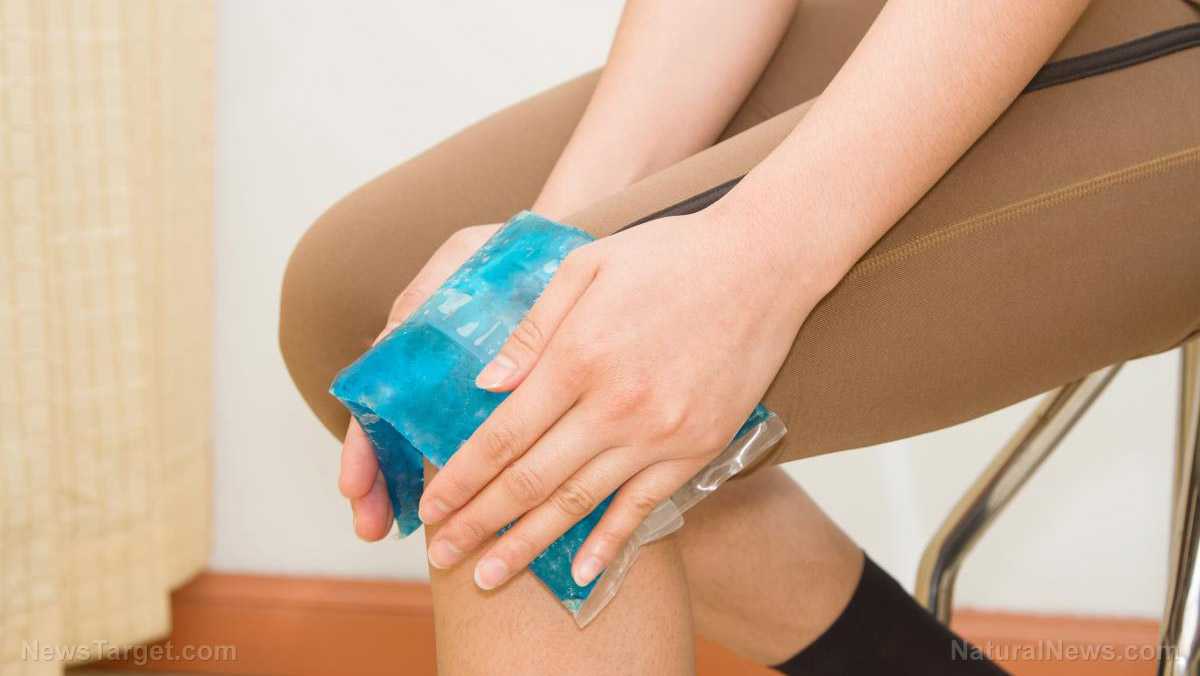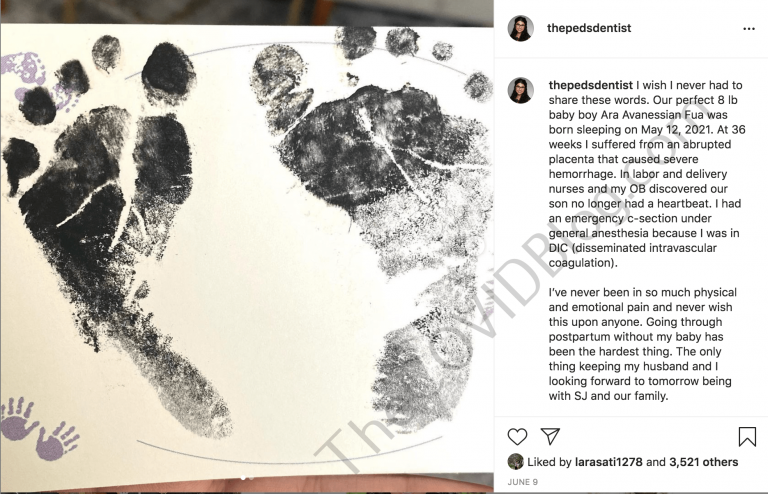Treating knee osteoarthritis naturally through whole body mechanical vibration combined with acupuncture for reducing pain
02/06/2019 / By Tracey Watson

If you have older parents or grandparents, you more than likely know at least one person with osteoarthritis. The most common form of arthritis, osteoarthritis usually affects the hands, knees and hips, and is caused when the cartilage and bones within a joint begin to break down. The condition worsens slowly over time, and causes swelling, stiffness and pain. Depending on the severity, it can also cause mobility issues and disability.
While osteoarthritis patients are often prescribed chemical medications like nonsteroidal anti-inflammatories (NSAIDs) and pain medications to help them cope with their condition, these medications carry serious side effects. Natural News reported in an earlier article, for example, that over 3,000 Americans die each year due to chronic NSAID use, while over 100,000 are hospitalized for gastrointestinal complications linked to these drugs.
A study published in the journal Acupuncture & Electro-Therapeutics Research provides an alternative for osteoarthritis patients seeking a more gentle, natural way to reduce their pain.
The authors set out to determine the effects of whole body mechanical vibration (WBMV) and auriculotherapy on mobility and pain for osteoarthritis sufferers.
WBMV involves mechanically stimulating muscles through vibration. Most of us have seen these types of machines at our local gym.
Auriculotherapy, on the other hand, is a type of acupuncture of the ear, and is based on the belief that the auricle – the outer portion of the ear – is a microsystem representative of the entire body. Acupuncture at a specific part of the auricle would therefore benefit the corresponding part of the body.

The study abstract explains what the authors of the study set out to determine:
Purpose: to study the effect of whole body mechanical vibration (WBMV) exercise alone or combined with auriculotherapy (AT) in the pain and in the range of movement of the knees of participants with knee osteoarthritis. Authors have reported that these interventions can reduce the pain and increase the muscle strength in various clinical situations.
The researchers assessed each participant’s pain level and range of motion at the outset of the study using the visual analog scale and goniometry. The study took place over a five-week period, and involved two groups.
Some of the patients only received WBMV therapy, while others were also given devices attached to adhesive tape to attach to their ears, and were told to manually press a certain area on the tape for 10 minutes, three times a day, for six days. The tape was removed on the seventh day and then replaced on the first day of the following week. Some of the patients formed part of a control group which was unaware that their adhesive tape did not contain special seeds to stimulate the correct portion of the ear.
To test the effects of WBMV exercise, the affected areas were exposed to mechanical vibration for three minutes each day, starting at 5 Hz on the first day, and increasing by 1 Hz per session to a maximum of 14 Hz.
Though no change was observed in the patients’ range of movement, the authors found that there were significant improvements in pain reduction in the group receiving the WBMV and AT, when compared to the control group.
The study abstract notes:
The pain was importantly reduced due to WBMV exercise alone about 50% and reduced about 16% in the combination with AT, in the acute intervention. In the cumulative intervention, the pain was strongly reduced about 60% due to WBMV exercise alone and about 37% in the combination with AT. Possibility, this decrease in the effect may be related to inhibitory/competitive actions of the two interventions. In the control groups, no alteration on the level of the pain was observed.
The results would seem to indicate that either AT or WBMV alone would be more effective than undergoing the two treatments simultaneously.
Experts advise that there are other natural ways to improve the symptoms of osteoarthritis, including losing weight, exercising more and undergoing physical therapy.
Sources include:
Submit a correction >>
Tagged Under:
acupuncture, alternative medicine, auriculotherapy, knee pain, natural healing, Osteoarthritis, pain management, pain relief, therapies, whole body mechanical vibration
This article may contain statements that reflect the opinion of the author





















